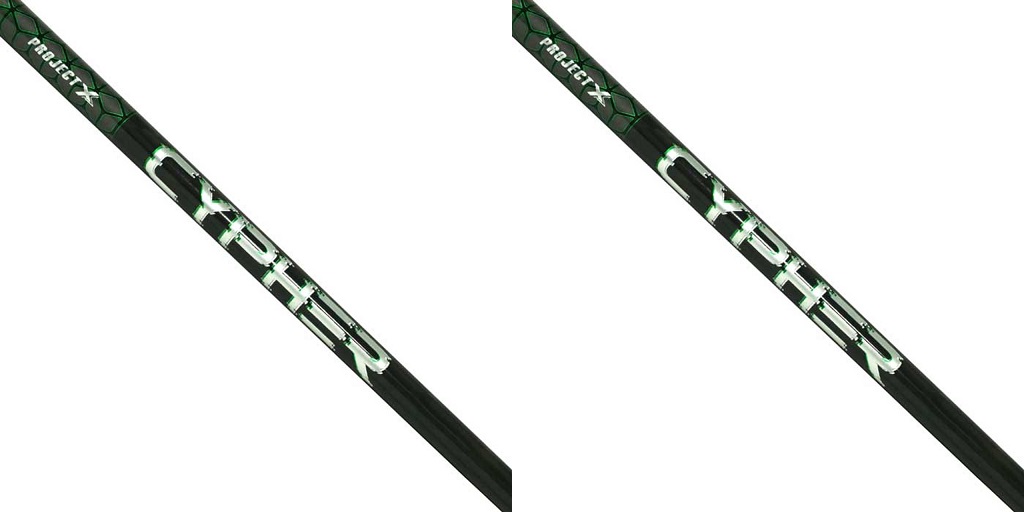It used to be the case that many golf shafts for drivers were made from steel, but this is not the case any longer. By far, most driver shafts are made of carbon fiber or graphite (which is made from carbon).
Now you may have noticed that many iron shafts are still made of steel. This echelon of shafts has not been affected by the “carbon fiber revolution” that has taken over driver shafts.
But carbon fiber offers better performance for drivers, all things considered. Here’s what to know.
About the Shift
A few things about steel. It is very strong and extremely durable. You’re not going to break a steel shaft even if you swing it hard into the ground.
But there are some tradeoffs here. One is that steel is very heavy. The other is that there isn’t so much you can do about steel’s flexibility, despite its strength. It’s pretty stiff no matter how you look at it.
This means that steel can be tough for players with lighter swing speeds to use effectively. Moreover, since it doesn’t flex that effectively, it’s not that easy for players with slower swings to load with energy, which harms effective range.
This is where carbon fiber has completely overhauled the collective industry for golf shafts for drivers.
Carbon fiber, as a medium, and despite its relatively high cost of manufacturing, can be made in a variety of densities and therefore weights. It’s also possible to manipulate the structure of carbon fiber to make it very stiff – or very flexible – as needed.
Carbon fiber can be made very lightweight, and very flexible, or fairly dense and heavy and very stiff. This means that this material (in general) can offer players with strong, fast swings the same performance as steel, if not better, while also accommodating the needs of players with slower swing speeds and tempos.
The other thing about carbon fiber driver shafts is that they can be engineered to offer a very high degree of sensitivity, resulting in a shaft that offers excellent feedback.
All in all, graphite shafts can be designed to offer higher ball speeds off the tee and therefore carry distance, all while minimizing spin, customizing launch profile, and offering excellent feedback paired with great stability.
Just a note on irons here: one of the reasons that graphite shafts for irons have not taken over in the same manner as graphite driver shafts is that most players are more concerned with distance and shot dispersion with drivers.
With irons, distance is rarely a concern. It’s all about the short game, and about accuracy. Steel still has a lot to offer on that front – so many iron shafts are still steel.
Investigate the Best Golf Shafts for Drivers with the Help of a Professional Fitter
Ultimately, this is a change that took over the industry a while back and is not news. But if you were wondering where all the steel driver shafts went, now you should have your answer.
In another vein, if you’re considering one of your current driver shafts with a modern option that promises better performance, get in touch with the golf club fitters at Dallas Golf Company. They can help you weigh your options and given their experience may even be able to make personalized recommendations.
For more information about Mitsubishi Shafts and Ping Golf Shafts Please visit: Dallas Golf Company Inc.
